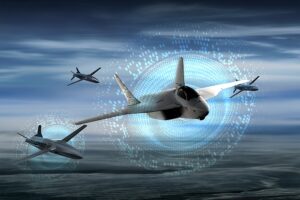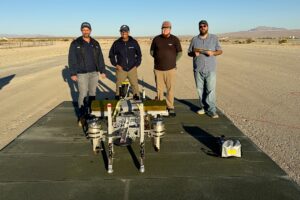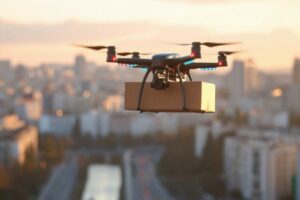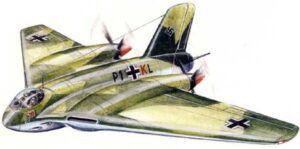 – UAV Navigation-Grupo Oesía has announced that SATNUS (a company formed by GMV, Sener Aeroespacial and Tecnobit-Grupo Oesía) has counted on its collaboration in the ambitious European program Future Combat Air System (FCAS). This program aims to develop a future-generation weapon system (NGWS), which will integrate a new generation of manned fighters (NGF) and multiple […]
– UAV Navigation-Grupo Oesía has announced that SATNUS (a company formed by GMV, Sener Aeroespacial and Tecnobit-Grupo Oesía) has counted on its collaboration in the ambitious European program Future Combat Air System (FCAS). This program aims to develop a future-generation weapon system (NGWS), which will integrate a new generation of manned fighters (NGF) and multiple […]UAV Navigation-Grupo Oesía Contributes to Development of the Future Combat Air System
 – UAV Navigation-Grupo Oesía has announced that SATNUS (a company formed by GMV, Sener Aeroespacial and Tecnobit-Grupo Oesía) has counted on its collaboration in the ambitious European program Future Combat Air System (FCAS). This program aims to develop a future-generation weapon system (NGWS), which will integrate a new generation of manned fighters (NGF) and multiple […]
– UAV Navigation-Grupo Oesía has announced that SATNUS (a company formed by GMV, Sener Aeroespacial and Tecnobit-Grupo Oesía) has counted on its collaboration in the ambitious European program Future Combat Air System (FCAS). This program aims to develop a future-generation weapon system (NGWS), which will integrate a new generation of manned fighters (NGF) and multiple […]




